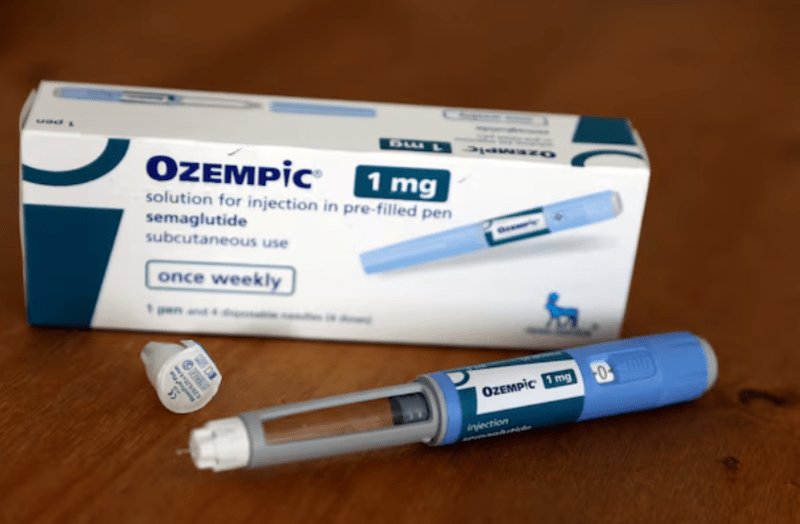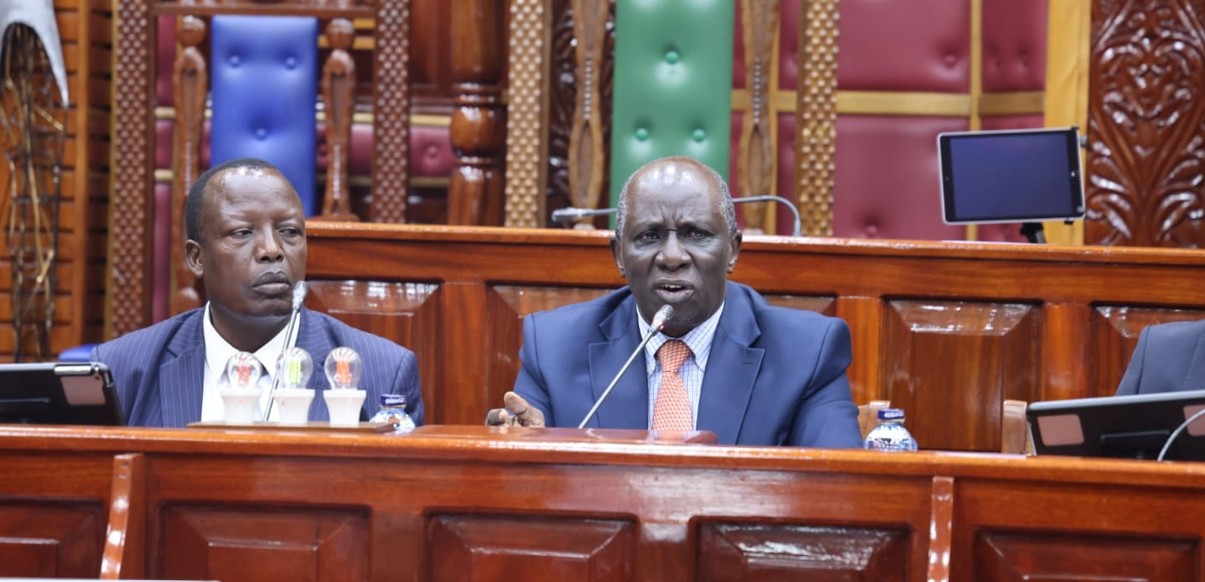One in five Kenyan adolescents suffers childhood trauma, study reveals

These experiences include various forms of abuse, such as physical, emotional, or sexual abuse, as well as neglect and household dysfunction.
A new study has revealed that one in every five adolescents in Kenya has experienced four or more Adverse Childhood Experiences (ACEs), placing them at significantly higher risk of mental health issues, including depression, anxiety, and bullying.
Adverse Childhood Experiences (ACEs) refer to a range of stressful or traumatic events that occur during childhood—typically before the age of 18—which can profoundly affect a person's development and well-being. These experiences include various forms of abuse, such as physical, emotional, or sexual abuse, as well as neglect and household dysfunction. Children who grow up in environments where there is domestic violence, substance abuse, mental illness, parental separation, or incarceration of a family member are also considered to have been exposed to ACEs.
More To Read
- More than pampering; the science-backed benefits of Swedish massage
- Delivering in fear: The untold impact of disrespect in childbirth
- ‘They told them I was dead': A mother’s pain and the mental toll of family separation on children
- ‘We were told not to cry’: The untold mental health crisis facing Kenya’s men
- Beyond the bullet wound: Soldier’s descent into depression and family’s unfinished grief
- Behind the white coats: Kenyan healthcare workers battle burnout, grief and neglect
These early adversities can disrupt a child's sense of safety, stability, and bonding. They interfere with healthy brain development and emotional regulation, increasing the risk of long-term mental health issues such as depression, anxiety, post-traumatic stress disorder (PTSD), and even physical health conditions like heart disease, diabetes, and substance dependence in adulthood.
The study titled Adverse Childhood Experiences (ACEs): From Research to Policy Action, organised by the Brain and Mind Institute (BMI) at Aga Khan University in collaboration with the Shamiri Institute, highlights the urgent need to address childhood adversity as a pressing public health issue. Focusing on understanding the lasting effects of adverse childhood experiences on the mental health of Kenyan youth, the study emphasises how early exposure to trauma—including abuse, neglect, and household dysfunction—can significantly affect adolescents' mental well-being.
The study found that adolescents with higher ACE scores were significantly more likely to experience symptoms of mental distress. Specifically, 24 per cent exhibited moderate to severe depression, while 21.4 per cent reported moderate to severe anxiety. High adversity scores were also strongly associated with increased instances of bullying, with boys appearing particularly vulnerable.
In addition, the study identified several key risk factors. Adolescents with only one surviving parent recorded adversity scores that were 18 per cent higher than those with both parents alive. Similarly, students who were performing poorly in school were 15 per cent more likely to have experienced multiple adverse childhood events.
The Shamiri Institute's CEO and Founder, Tom Osborn, emphasised the heavy emotional burden faced by young people. He highlighted that this issue goes beyond statistics, focusing on the real impact on individuals' lives. Osborn stressed the importance of transforming schools into environments that foster healing and growth, rather than places where trauma is deepened.
"Policies must go beyond theory—they must be informed by the voices of those affected and ensure that existing legal frameworks actually serve their intended purpose," Wanjiku said.
As part of the response, there are growing calls to integrate screening tools like the ACE-10 into school health programs and strengthen mental health support within educational institutions.
According to the World Health Organisation (WHO), one in six people globally is between the ages of 10 and 19—a stage of life marked by profound physical, emotional, and social changes. These transitions, combined with potential exposure to poverty, abuse, or violence, can increase adolescents' vulnerability to mental health challenges.
This developmental period is both formative and fragile. Supporting adolescents through adversity, fostering emotional resilience, and ensuring timely access to mental health care are essential not just for their immediate well-being but for their long-term health into adulthood.
Globally, around one in seven adolescents (14 per cent) is estimated to live with a mental health condition. Yet, these conditions often go undetected and untreated, leaving many young people without the care they need.
Young people facing mental health issues are at greater risk of social isolation, discrimination, and stigma, which can discourage them from seeking help. They may also face academic struggles, engage in risky behaviours, experience physical health issues, and be exposed to violations of their rights.
Protecting adolescent mental health requires a comprehensive approach—one that includes early intervention, inclusive support systems, and environments that promote dignity, inclusion, and empowerment.
Top Stories Today












































